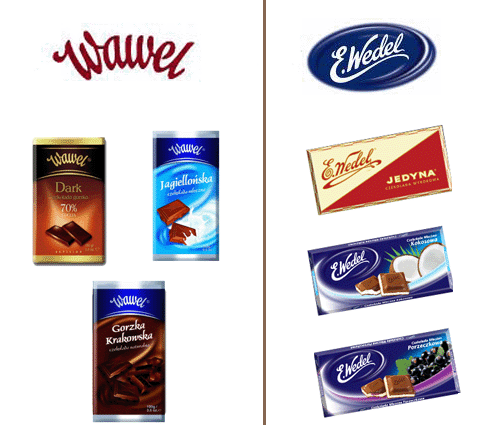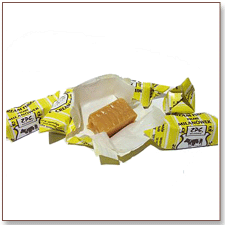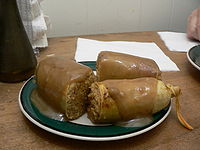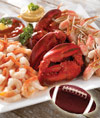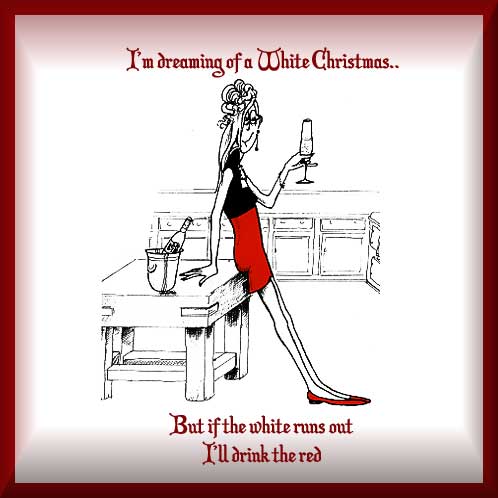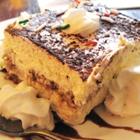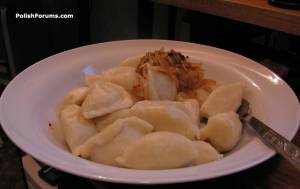Food /
Nowolatki New Year's cakes? [6]
Hopefully, this will answer your question----
Here is the history behind New Year's Day pastries-Novolatki
Among folk customs of all nations we come across a number of festive occasions dating back to the remote past. As the calendar year was nearing its end, peasants were beginning to think of the year to come. They were concerned with the harvest and the well-being of their domestic animals. This was the reason why on the New Year's Eve small animal figures made of flour, water and a bit of salt was baked; on the next day they were given to the live animals - each should have eaten a pastry figure depicting itself. In that way people hoped and believed that domestic animals would be healthy in the course of the coming year. Cows, horses, sheep, goats, hens, geese, ducks, dogs and cats were typical New Year's figures. Out of this custom, which had survived till the 1920s, a new tradition has developed and has been maintained mainly in schools and nursery schools. Children shape and bake various nowoletka for fun and pleasure or as presents there.
Recepie for Novolatki
Flour and water are mixed together to make a leaven which is then left in a warm place for two days, and later, after adding a greater amount of flour and a necessary bit of salt, the dough is kneaded until it is ready to be used for shaping figures from. It is important that the dough has been kneaded for a long time and thoroughly. The rest of the dough is covered with a wet cloth to keep it from drying up.
 PolishForums LIVE / Archives [3]
PolishForums LIVE / Archives [3]
